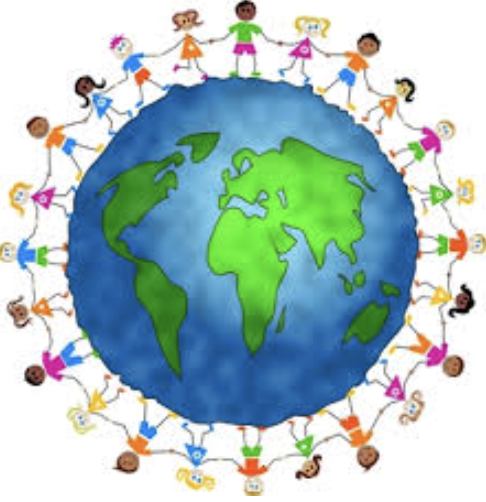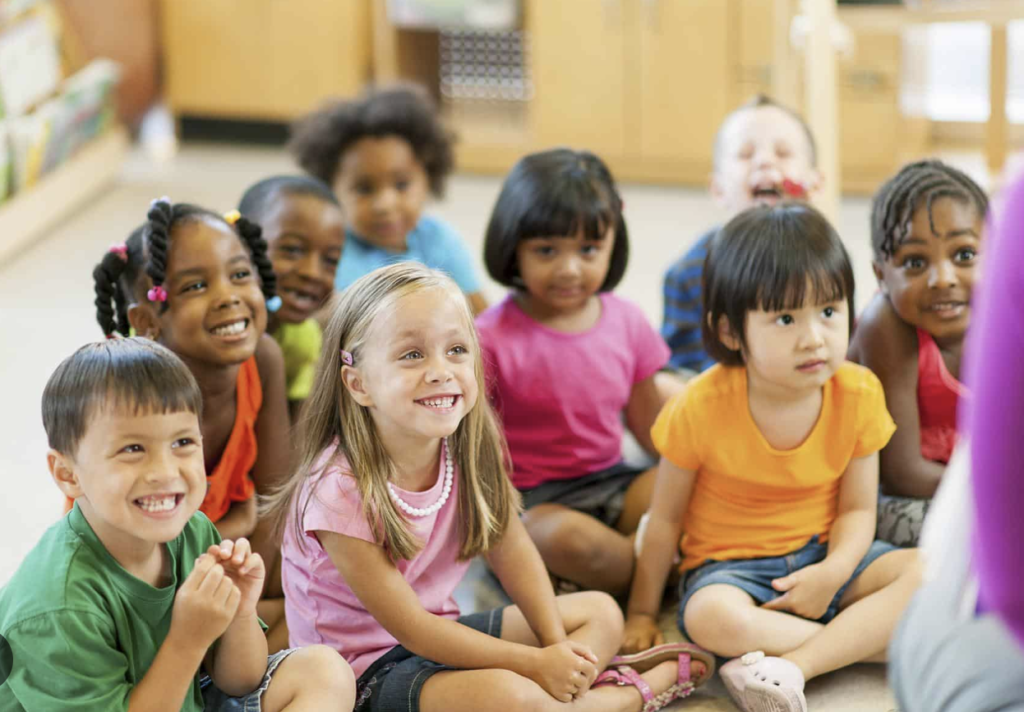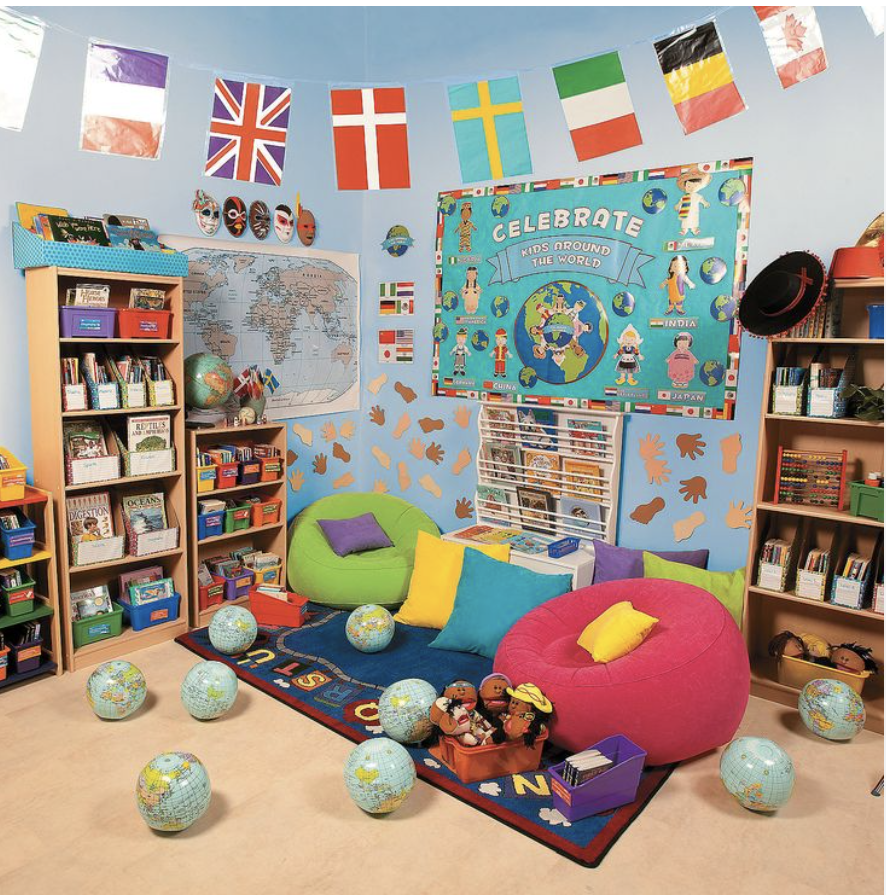Article 1
A child’s feelings and memories are related to their sense of place and is an essential part of their cognitive, social, emotional development. It is important for children to understand their status in the world and form their sense of self-identity. If geography, culture, and language is introduced early on in E.C.E then when they are older, they will have already developed the tools and knowledge necessary for them to navigate their environment and the differences in the world. Through interactions with the environment and each other, children develop geo-literacy skills, become empowered, and see themselves as capable social beings.

Article 2
The author believes in the importance of introducing race and racial differences early on to children because it allows for them to open up their mind at an early age, and be willing to accept all differences. They also believe in the importance of teachers being allowed to create their own curriculum or adjust to fix in these different perspectives. It is also crucial to develop relationships with parents beforehand to allow for that open communication if any questions may arise. Moreover, providing a culturally responsive teaching classroom should be of the norm because it helps to create a bridge of learning for the children in a way that they will be able to understand the different ways of knowing and engages students from non-dominant cultures in demonstrating their proficiencies in language usage, grammar, mathematical knowledge and other tools they use to navigate their everyday lives.

Article 3
By embracing the sociocultural realities and histories of students through what is taught and how, culturally responsive teachers negotiate classroom cultures with their students that reflect the communities where students develop and grow. Ensuring not to place any bias or preference is pivotal to help create an environment where students can communicate openly and participate.

https://files.eric.ed.gov/fulltext/ED520957.pdf
Article 4
It is important to meet the needs of younger children from diverse backgrounds and experiences. It is essential to use imported education programs and practices in order to create an environment that shows a sense of belonging for the children. In addition, there is no one-size fits all curriculum for children, as you go you develop a curriculum right for your students but keep in mind these three principles while doing so.
- Build on traditional child care practices
- Respect children’s linguistic and ethnic diversity
- Use and adapt community resources
Even with limited resources, implementing a culturally responsive environment can be done such as shown in Thailand, Tanzania, and Guatemala.

Article 5
Challenging behavior can signal difficulty with social and emotional adjustment which is seen in children who live in poverty; as children in poor families are twice as likely to be at risk for developmental, behavioral, and social delays as children in families earning 200 percent or more of the federal poverty line. There are 5 culturally responsive core strategies to promote positive teacher relationships with young children in preschool and minimize challenging behavior:
- learn about children and families
- develop and teach expectations
- take the child’s perspective
- teach and model empathy
- use group times to discuss conflict
In addition, it is crucial for teachers and caregivers to develop relationships with one another to help better the education and their environment for the children.

https://www.naeyc.org/resources/pubs/yc/nov2016/culturally-responsive-strategies